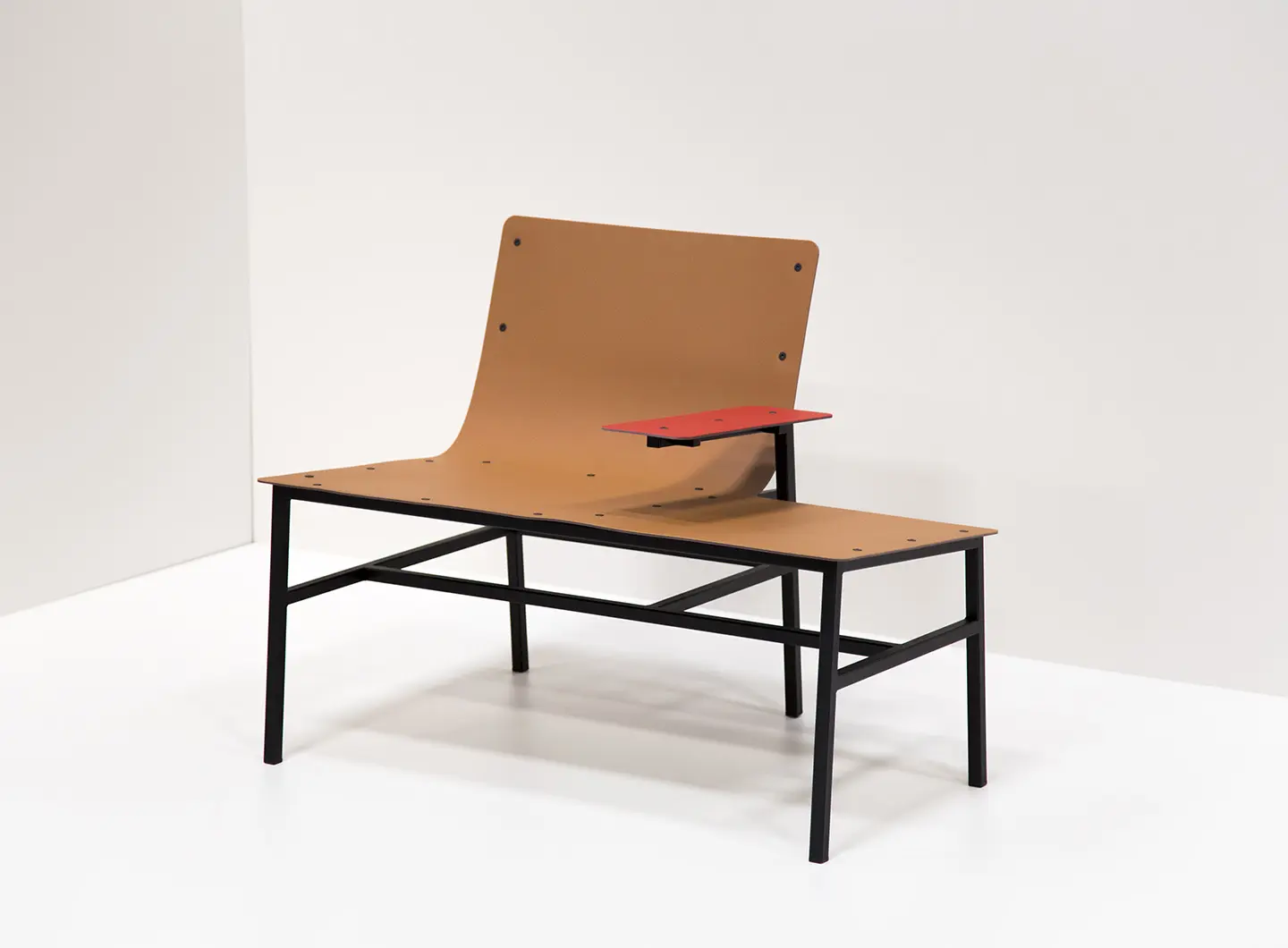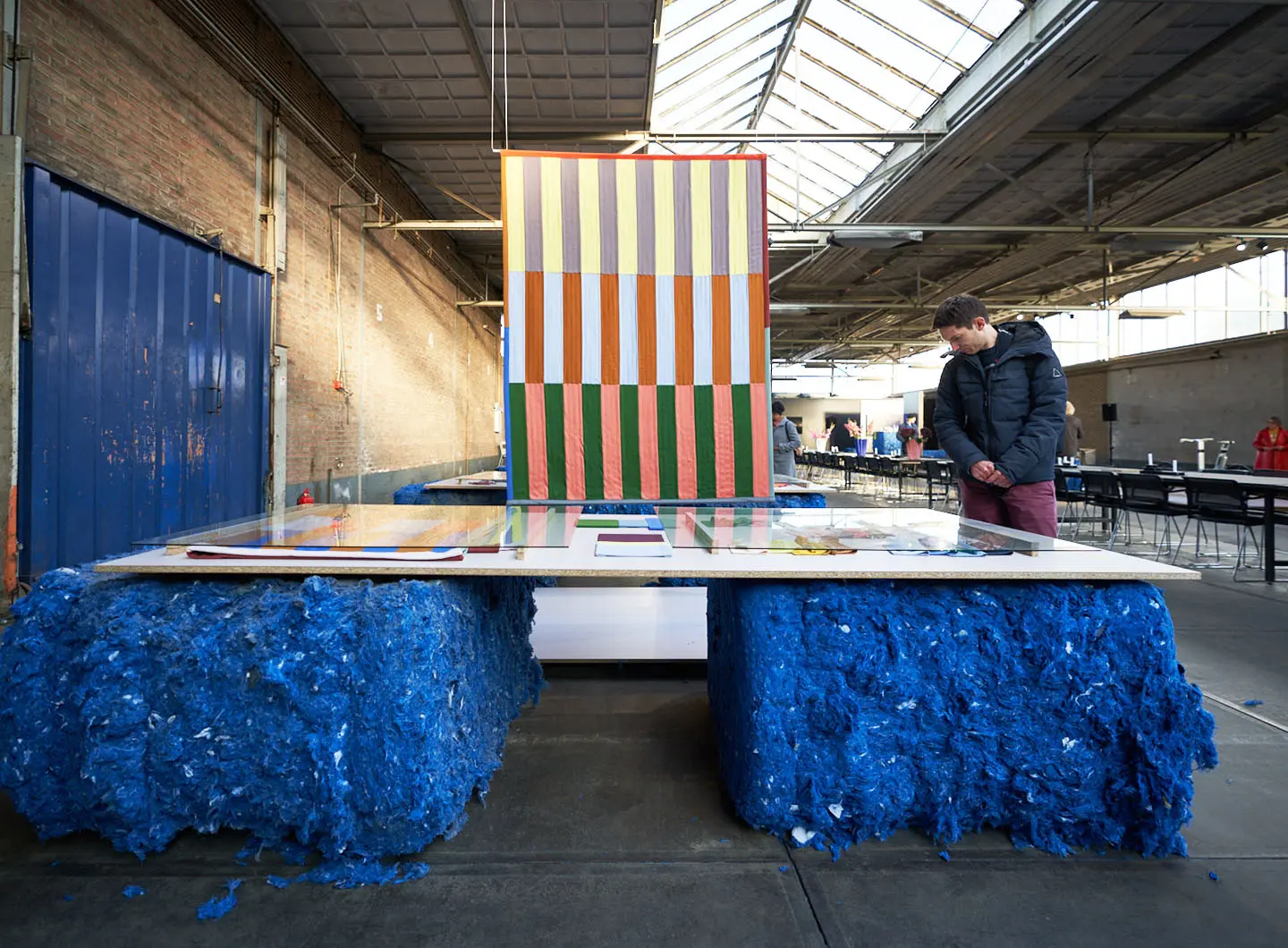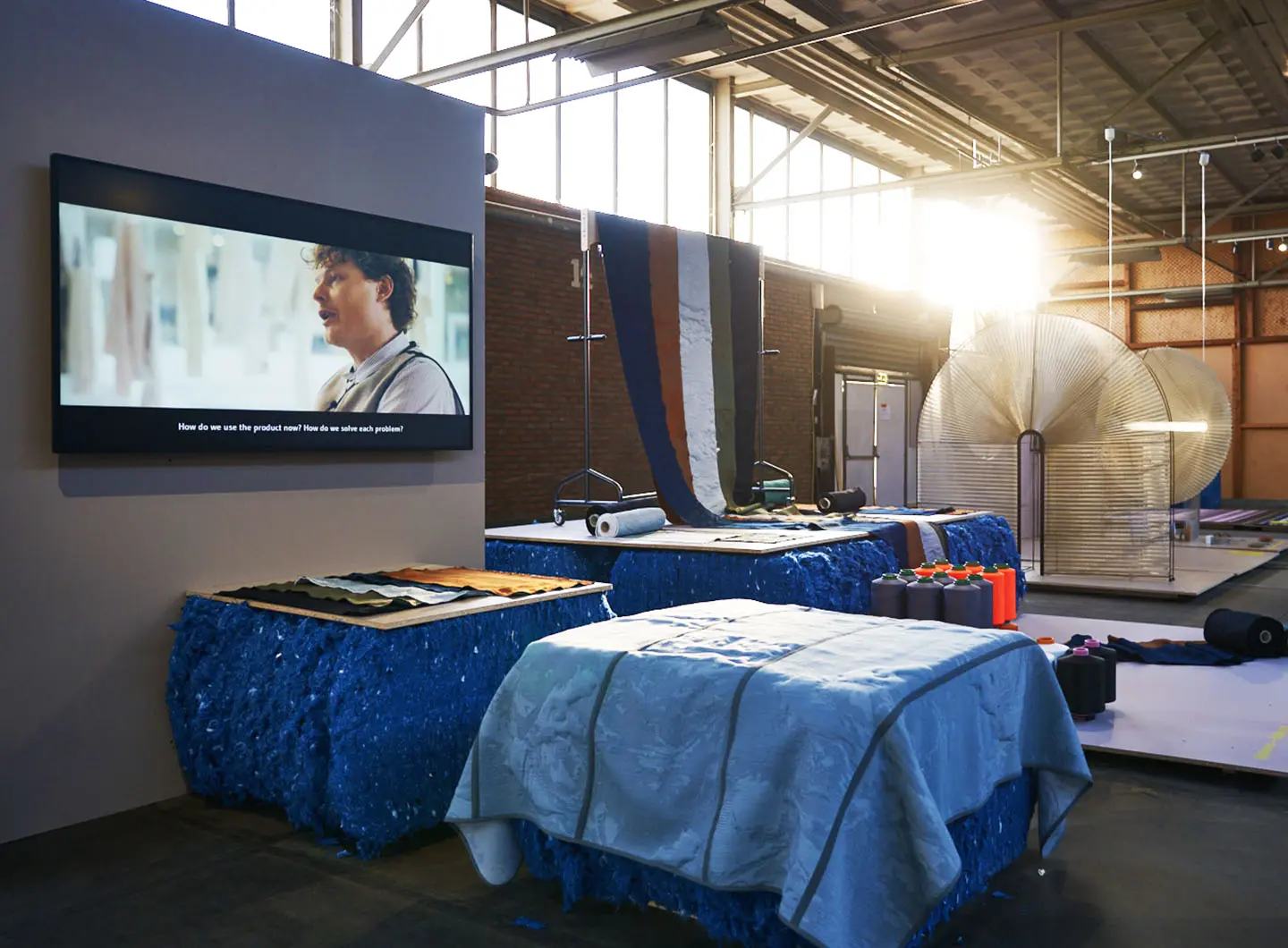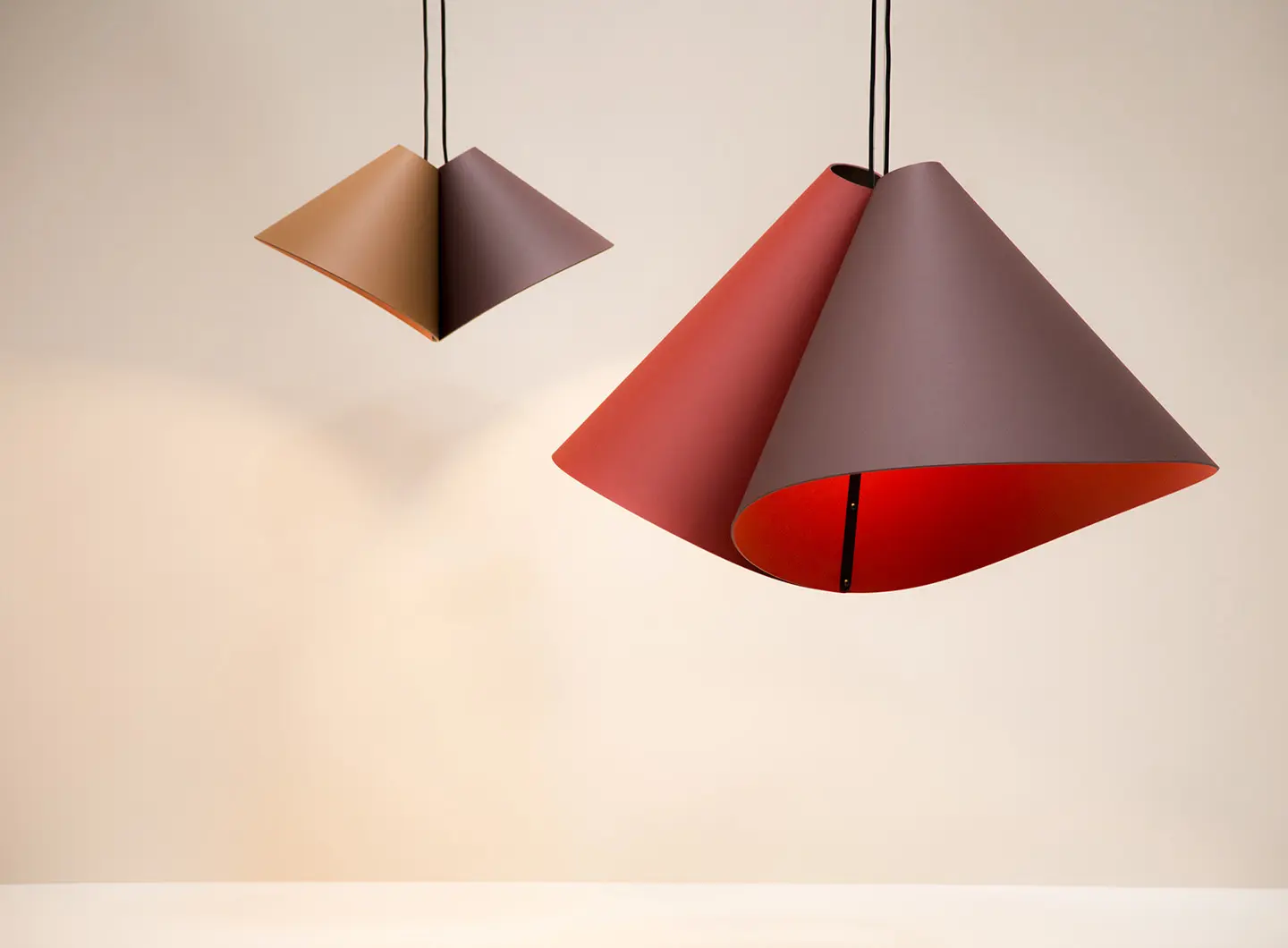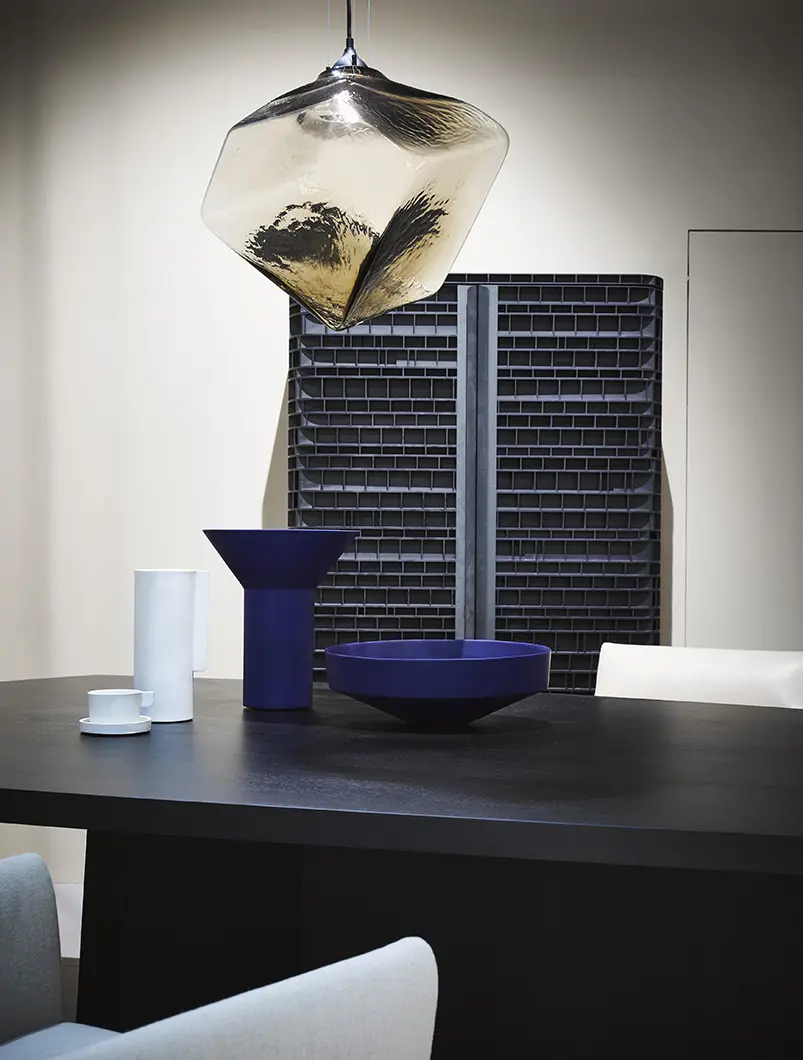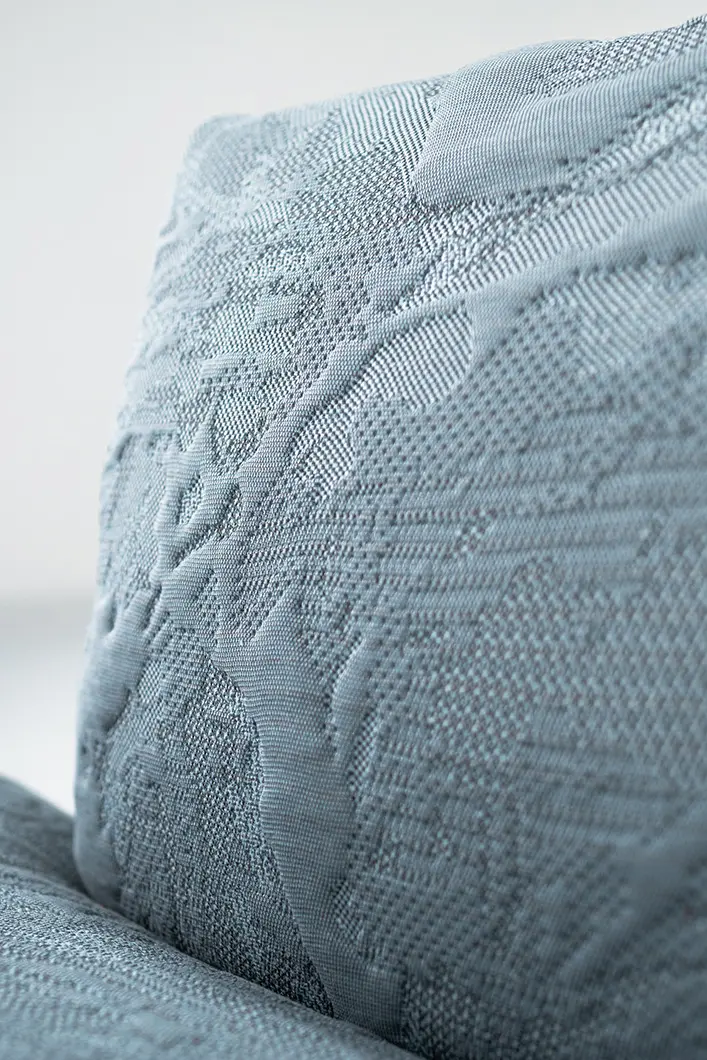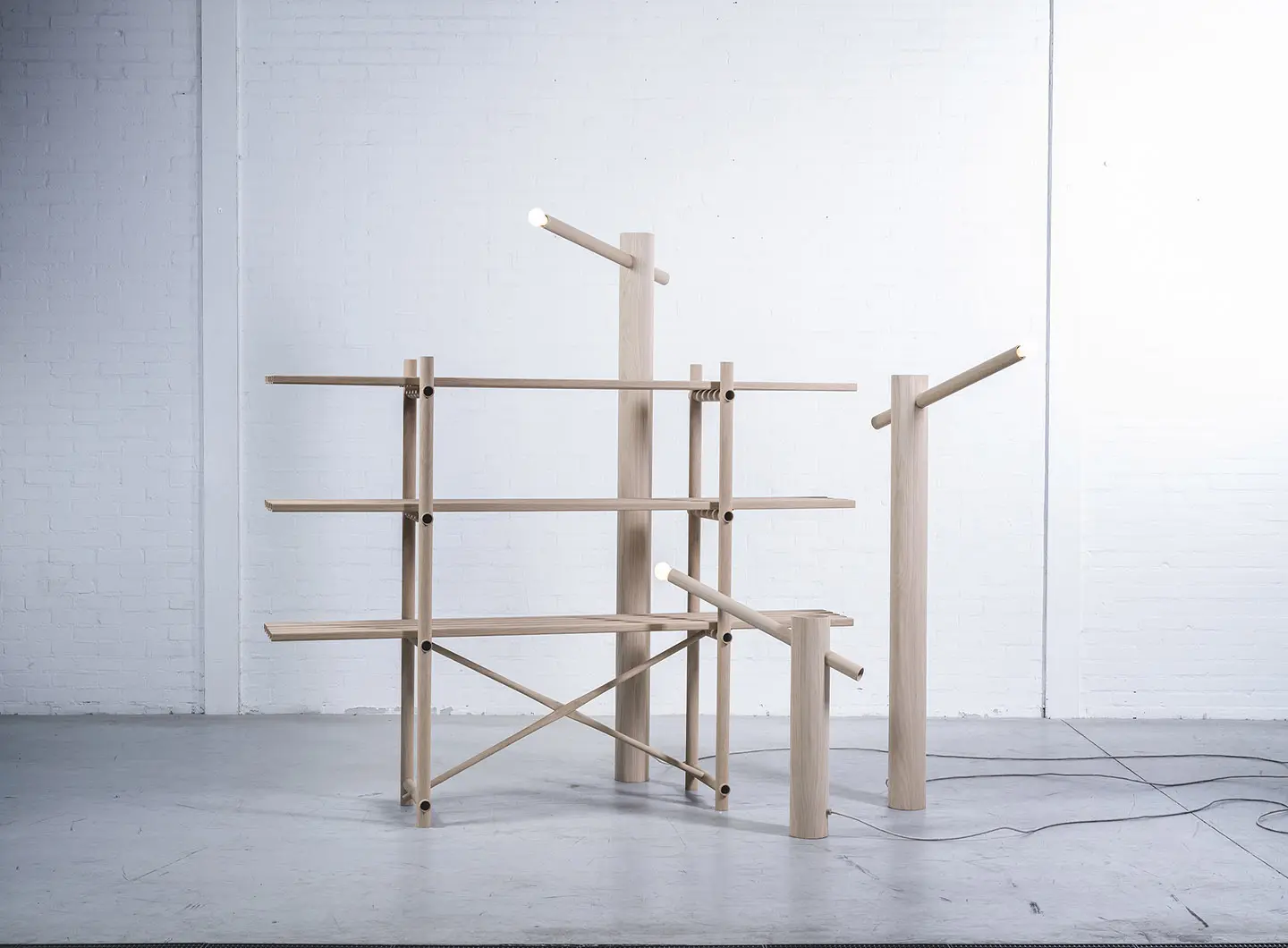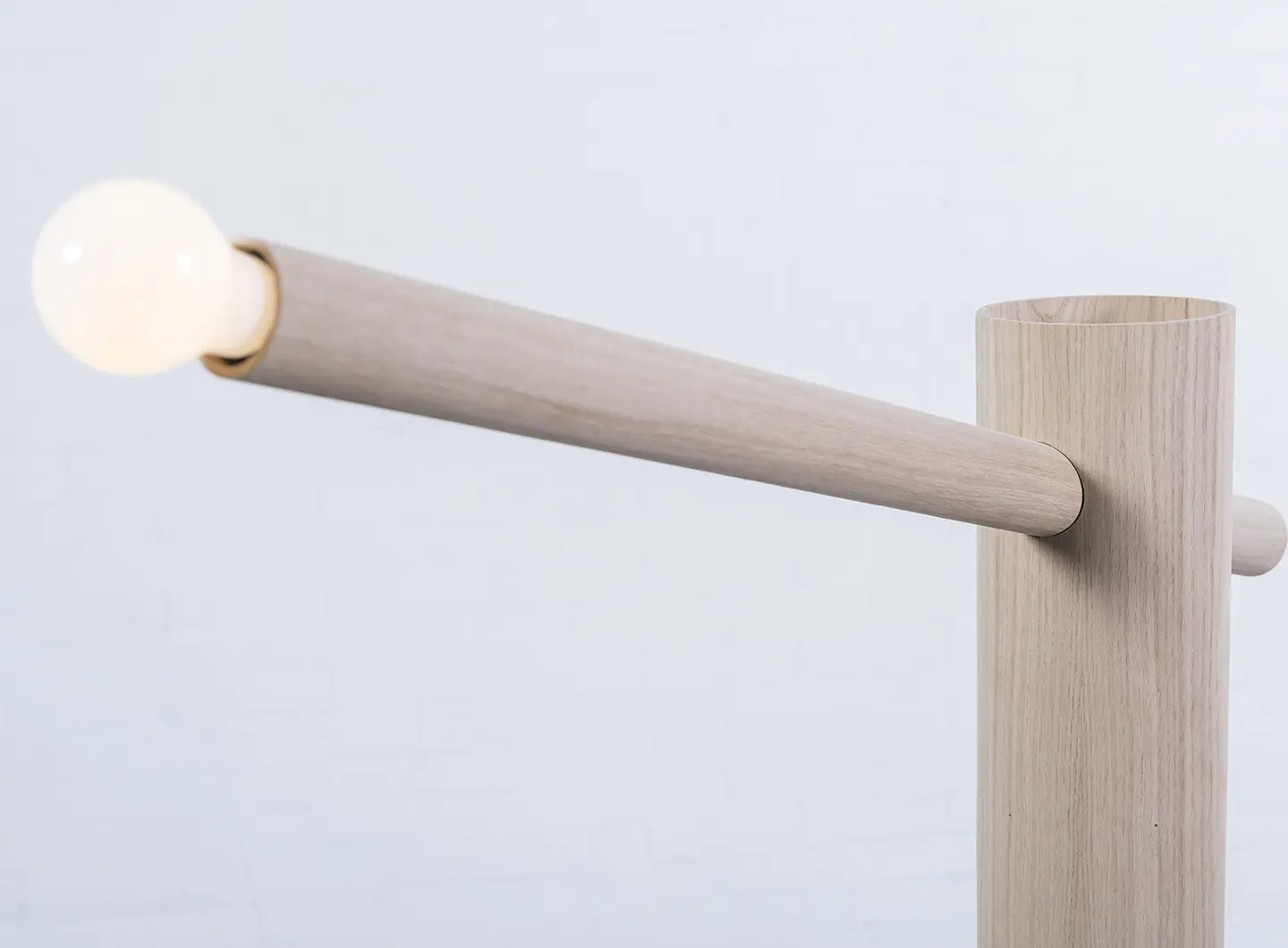From BIG to David Chipperfield, Frank Gehry to Snøhetta: a world tour of the best buildings set to open in 2026
Cabinet of Collaborations, the union between industry and designers
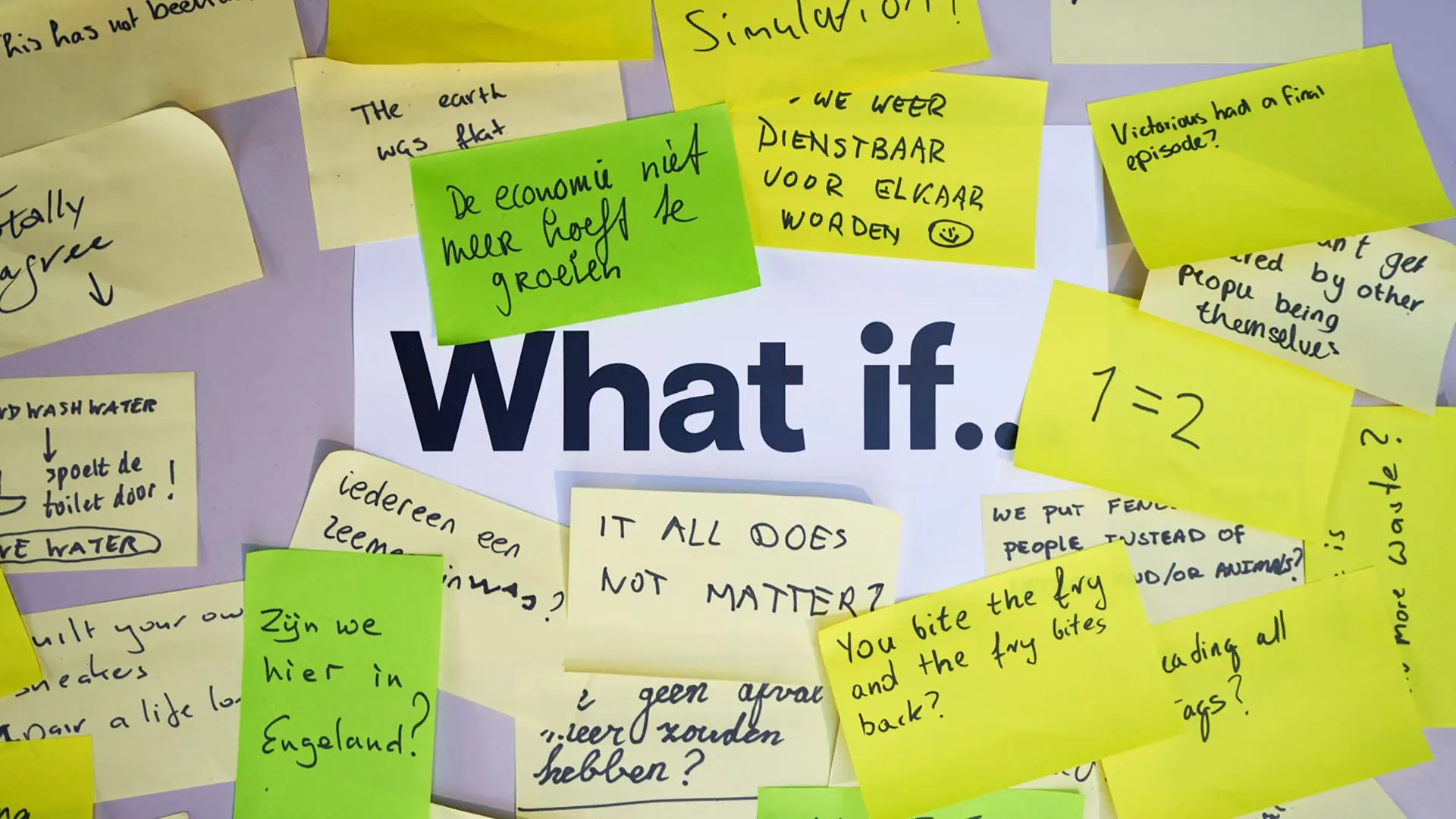
Cabinet of Collaborations, Dutch Design Week 2021
The Cabinet of Collaborations exhibition held during Dutch Design Week 2021 illustrates how designers have become indispensable sources of invention and innovation for the industry
In the aftermath of the events of the past two years, is it right to continue producing like we have been doing for the past few decades? Should we really be focusing on economic growth at the expense of everything else? The “Cabinet of Collaborations,” an exhibition staged as part of Dutch Design Week 2021 (DDW 2021), considered these questions by exploring the working relationships between companies and designers, and by looking at how designers can create new opportunities for their industrial partners. “The Greater Number” was the name of the main theme of DDW 2021, and the Cabinet of Collaboration exhibition formed part of one of the four associated subthemes of the event. Designed by Envisions and Studio Rick Tegelaar and co-curated by the Dutch Design Foundation, the Cabinet of Collaboration, in addition to underscoring the need for responsible growth, looked at how design can bring added value to manufacturing companies. The main objective of the exhibition was to make everyone cognisant of what a designer does, which involves more than coming up with a product that sells. A designer also needs to speak the language of the company, understand its identity, support its work, and help it innovate by bringing in fresh ideas and new angles of perspective. In fact, designers often view market constraints and production limits as a stimulating challenge that opens the way to new opportunities.
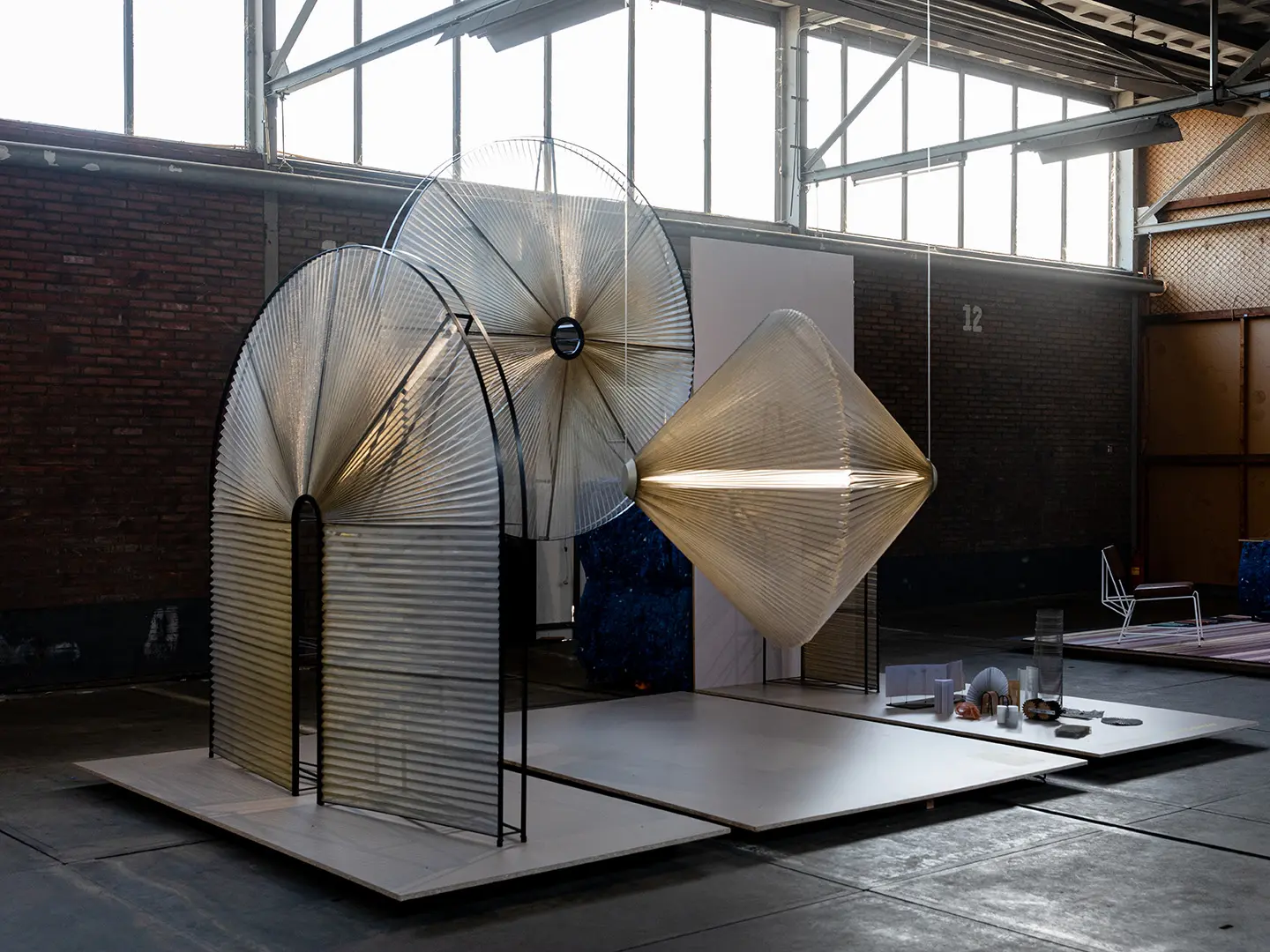
Cabinet of Collaborations, Dutch Design Week 2021. Ph. Credits Britt Roelse
To show how this works, the Cabinet of Collaborations selected several exemplary projects that involved interdisciplinary collaboration between manufacturing companies and designers. An illustrative example of designer creativity is the “Inside Out Cabinet” designed by Klaas Kuiken using Finsa Greenpanel as the structural material. The panels use a honeycomb frame that is usually hidden from sight, but that the designer decided to display openly as a decorative pattern on the finished work. Similarly, “Everything but the Desktop” by the designers Daphna and Laurens uses two layers of “Forbo Desktop,” a type of linoleum that is usually overlayed upon a surface, to create “On-top organisers,” an “Above lamp,” and a “Beside chair”, three products consisting of, respectively, containers for objects, a pendant light and chairs made with Forbo Desktop as the principal material. Even more striking is the O-Floor Lamp by Job van den Berg: a collection of lamps in which wood veneer, instead its usual function as a finishing layer, is here used as a structural support. By rolling up the sheets of oak veneer into tubes and forming joints and volumes using only this material, the designer was able to create lamps whose appearance belies their composition. For while they look heavy and monolithic, they lamps are actually as light as a feather.
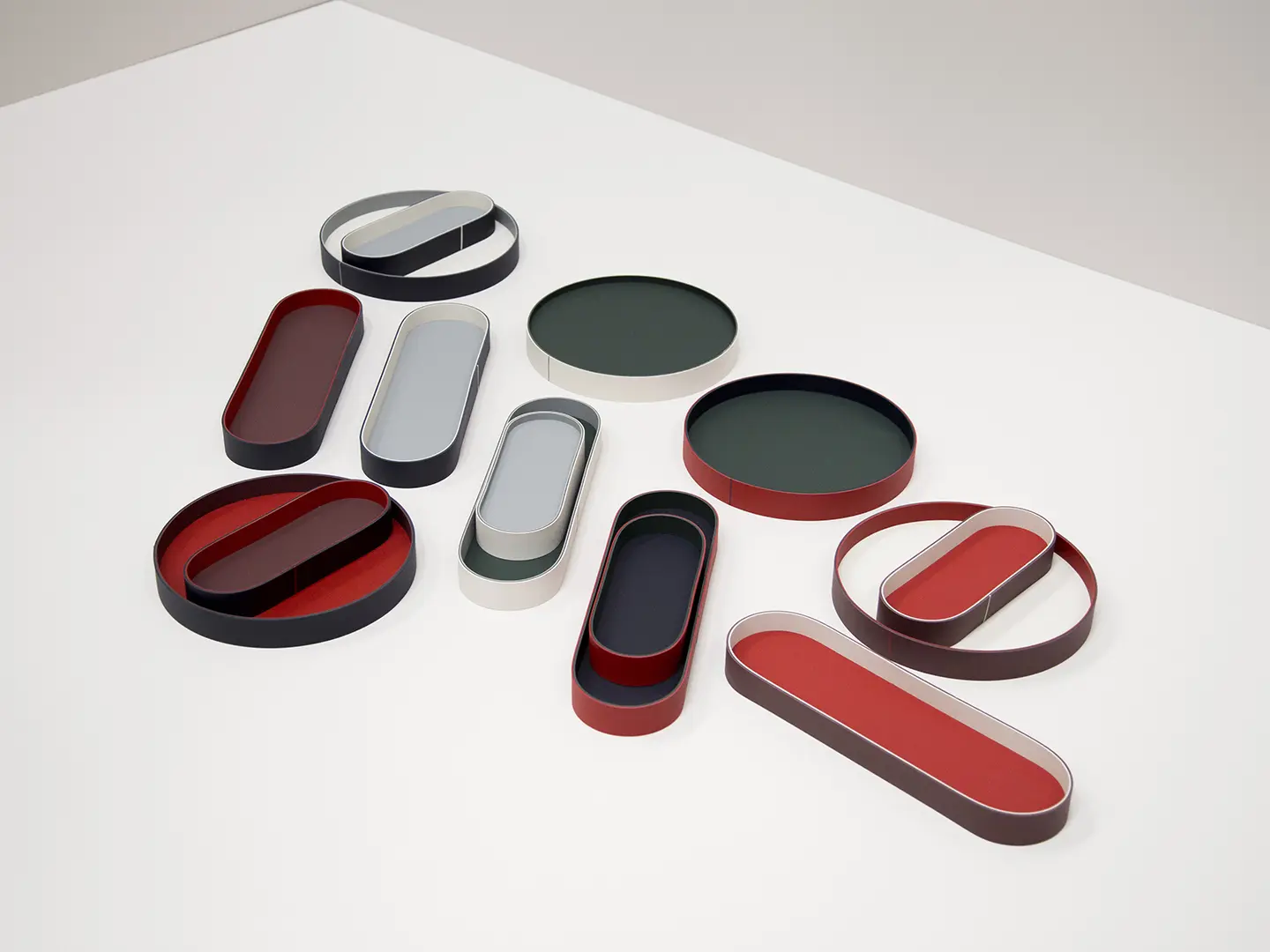
Eveything but the desktop, Daphna Laurens for Baars & Bloemhoff
Another example is the Water Textile Collection made by BYBORRE studio for Natuzzi Italia. Apulia (Puglia), the home region of Natuzzi Italia, is the inspiration for the collection, which is themed around the impression of sea waves in motion. The result is a delicate three-dimensional fabric made from yarn in which the highest quality wool is combined with recycled PES. By feeding filler yarn into a double-layered net structure, and inflating it until it occupies the gaps deliberately left in the fabric, the manufacturers have created an upholstery with a patterned weave with a wave effect that is tactilely inviting. The designer’s role in the manufacturing process was absolutely indispensable. For it was the BYBORRE design team that rewired the manufacturing system and hacked the software used by the textile machines to achieve the best possible result with the least waste of materials.
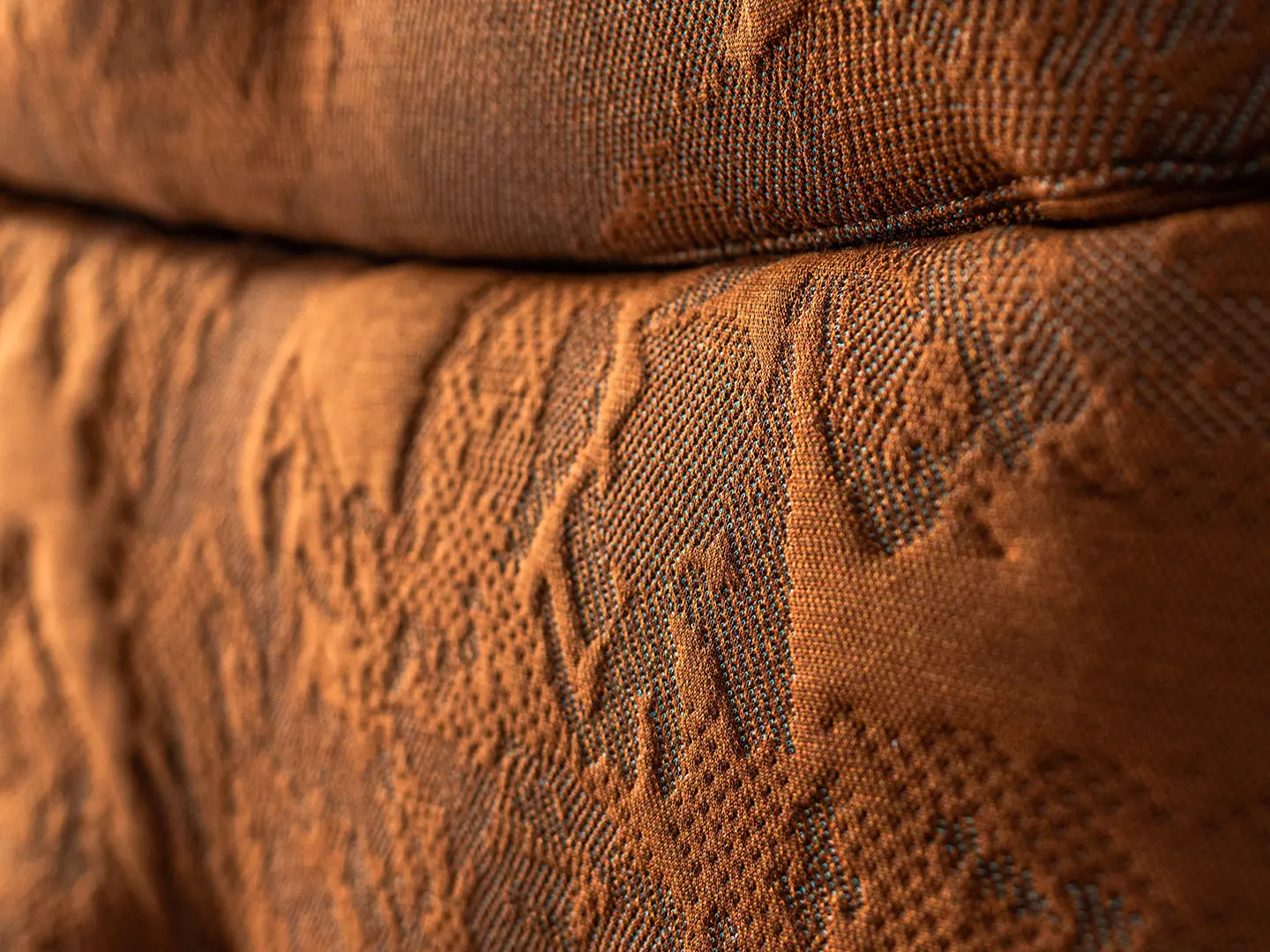
Water Textile Collection, BYBORRE for Natuzzi Italia
As evidenced here, collaboration between designers and manufacturing companies can yield unexpected results and create opportunities for innovation. At a time such as the present, when there is a clear need to strike a balance between production and sustainability, having a designer on board can be the key to success for a company. Interdisciplinary collaboration between a designer with a vision and a company with specialized knowledge of materials, technology, and markets enables both parties to rise to challenges and come up with solutions that neither could achieve individually.


 Salone Selection
Salone Selection
